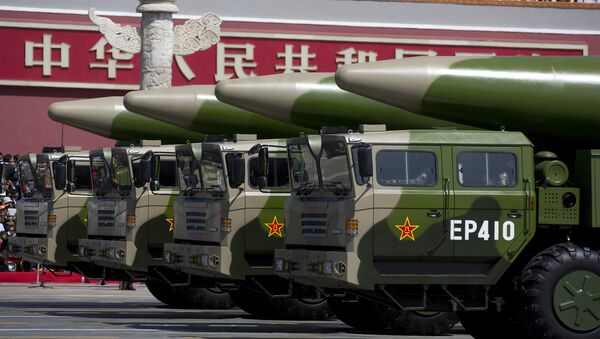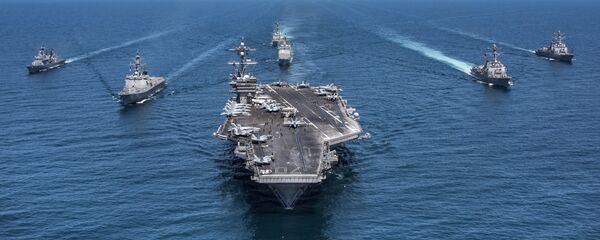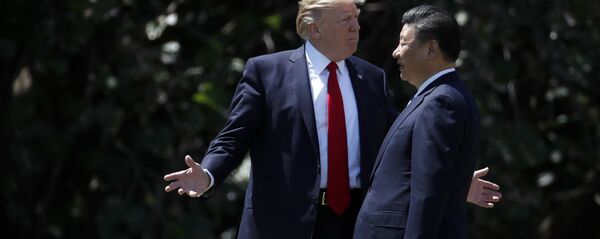Swift added that every member of the US military "has sworn an oath to defend" the country against all enemies and to obey orders of the commander-in-chief.
On the one hand, the admiral said what he should say as a military man. On the other hand, he didn’t mention the importance of US-China cooperation, as it is usually done. Many experts believe that his remark is just part of a political game.
In terms of firepower, Adm. Swift’s statement is not without reason. There are 10 US Ohio-class submarines operating in the Pacific. They are armed with the Trident and Trident II ballistic missiles (with an operational range of 7,400-11,000 km). Each submarine carries 24 missiles capable of delivering 8 or 14 nuclear warheads to the enemy territory. Moreover, their large operational range allows the missile to be launched from the US territorial waters, for example, from the area around Hawaii.
"In the event of a large-scale war, the Chinese military would be unable to prevent a nuclear attack. They could not locate and destroy all of the enemy’s submarines," Vasily Kashin, senior research fellow at the Institute for Far Eastern Studies, the Russian Academy of Sciences, told Sputnik.
For now, the Chinese military has 75-100 intercontinental ballistic missiles (ICBM), with 75 percent of them capable of reaching the continental US. No less than 20 of the missiles are silo-based while the others are mounted on trucks.
"It is hard to estimate how many of them could survive the first US nuclear strike. I think not many of them, maybe 10-20 missiles," the expert suggested.
Kashin pointed out that even if a dozen of the Chinese ballistic missiles survived a nuclear strike they would have to breach the US missile shield, including the SM-3 sea-based and the GBI ground-based interceptors. According to the expert, the US missile defense is undergoing an upgrade and soon will be able to intercept warheads at their final flight leg.
"Apparently, China is very concerned over the capabilities of the US missile shield. This is why Beijing is increasing its ICBM arsenal. At the dawn of the Cold War, the USSR also had to increase the number of missiles. The Pentagon understood that even if one enemy missile reached the US territory and hit a large city it would cause unacceptable damage," Kashin said.
Today, the same risk prevents Washington from any aggression towards Beijing, the expert added.
"The US-China bilateral relations have seen several upturns and downturns since the beginning of the year. Trump harshly criticized China during his campaign, but after assuming power he reigned in his anti-China rhetoric and had a friendly meeting with Chinese President Xi Jinping. Trump wanted Xi to help pressure North Korea. But recently the situation changed again after Washington saw Beijing’s reluctance to put pressure over Pyongyang. As a result, Trump ordered to resume patrolling in the South China Sea and greenlighted arms supplies to Taiwan. The current warmongering rhetoric is the result of this recent downturn," Kashin said.
Moreover, China and some regional countries, including Japan, Vietnam and the Philippines, have territorial disputes in the South China Sea and the East China Sea. China accuses the Philippines and Vietnam of using US support to escalate the situation in the region. This also contributes to the increasing tensions between Beijing and Washington.







